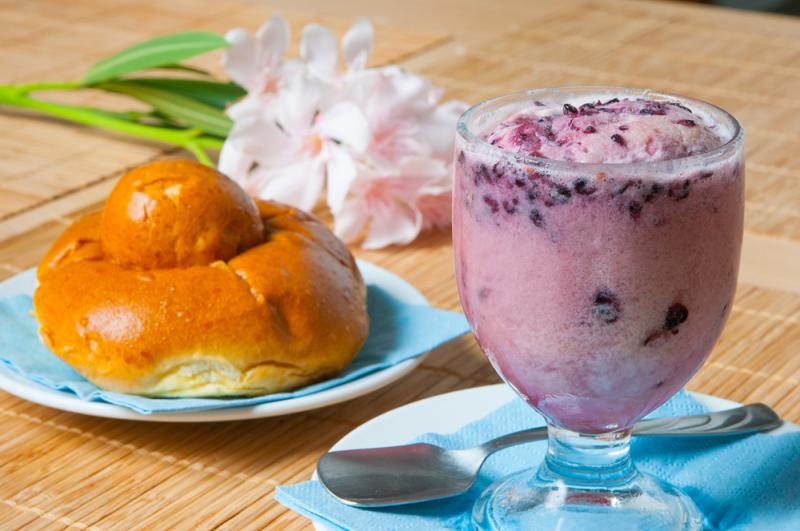Pastry-making in Sicily is a bit like the island itself: fresh, sweet and beautiful, a Baroque opulence always sure to make an impression.
Summertime is a great time to taste some of the island’s most famous sweet specialties, beginning with the ubiquitous granita, refreshing and tasty, made with water, sugar and different flavorings, the most popular being lemon, mandarin oranges, jasmine, coffee, almonds, or mint. Crucial to the result is the ingredient used for the flavoring: there’s a reason why the lemon granita or the almond granita are so popular, they’re both made with the local limoni and mandorle, whose delicious taste is strictly related to the soil and climate of the island.
A classic breakfast combination is granita with brioche, known as brioscia con il tuppo for its funny shape which features a small ball, made of the same dough, on top. The sweetest way to begin your day! Granita may even be a substitute for lunch during the hotter summer days.
Even gelato has an important tradition in Sicily: it was a Sicilian, Francesco Procopio dei Coltelli who popularized gelato after opening the famous café Le Procope in Paris at the end of the 17th century. Artisanal gelato is therefore common on the island and Sicilian gelato chefs like to make creative twists on the most classic flavors. But if you indeed want to go classic, then gelato di pistacchio is a must of the Sicilian summer!
Another typical, ancient Sicilian dessert is biancomangiare di mandorle, typical of the Syracuse area, which uses a classic Sicilian ingredient, mandorla, or almond. Mainly found in restaurants as a dessert, it is delicate and light, bringing out the essence of the almond flavor.
Almond paste and marzipan are the two main ingredients of Sicily’s pastry-making tradition, and the base for many recipes, among them the famous cassata. A definitely ‘baroque’ dessert, overloaded in the decorations, just like the decorations you see in so many Sicilian palazzos. Its preparation is linked to Easter, a colorful, joyous response to the sacrifices of Lent. The ricotta flavor is more intense in the spring, and, generally speaking, cassata is made sweeter in Western Sicily, lighter on the eastern coast.
Another dolce object of a culinary dispute is the cannolo siciliano: in the Palermo area you’ll find it on display ready to be purchased, but in the Messina area they won’t fill it with ricotta until you buy it, to prevent the skin from softening. Some say it is the skin, not the ricotta, the true soul of the cannolo. Flavored with wine, fried in lard and in many versions stuffed while still hot, in the past this delicacy was sold on the street, with a touch of honey sprinkled over.












